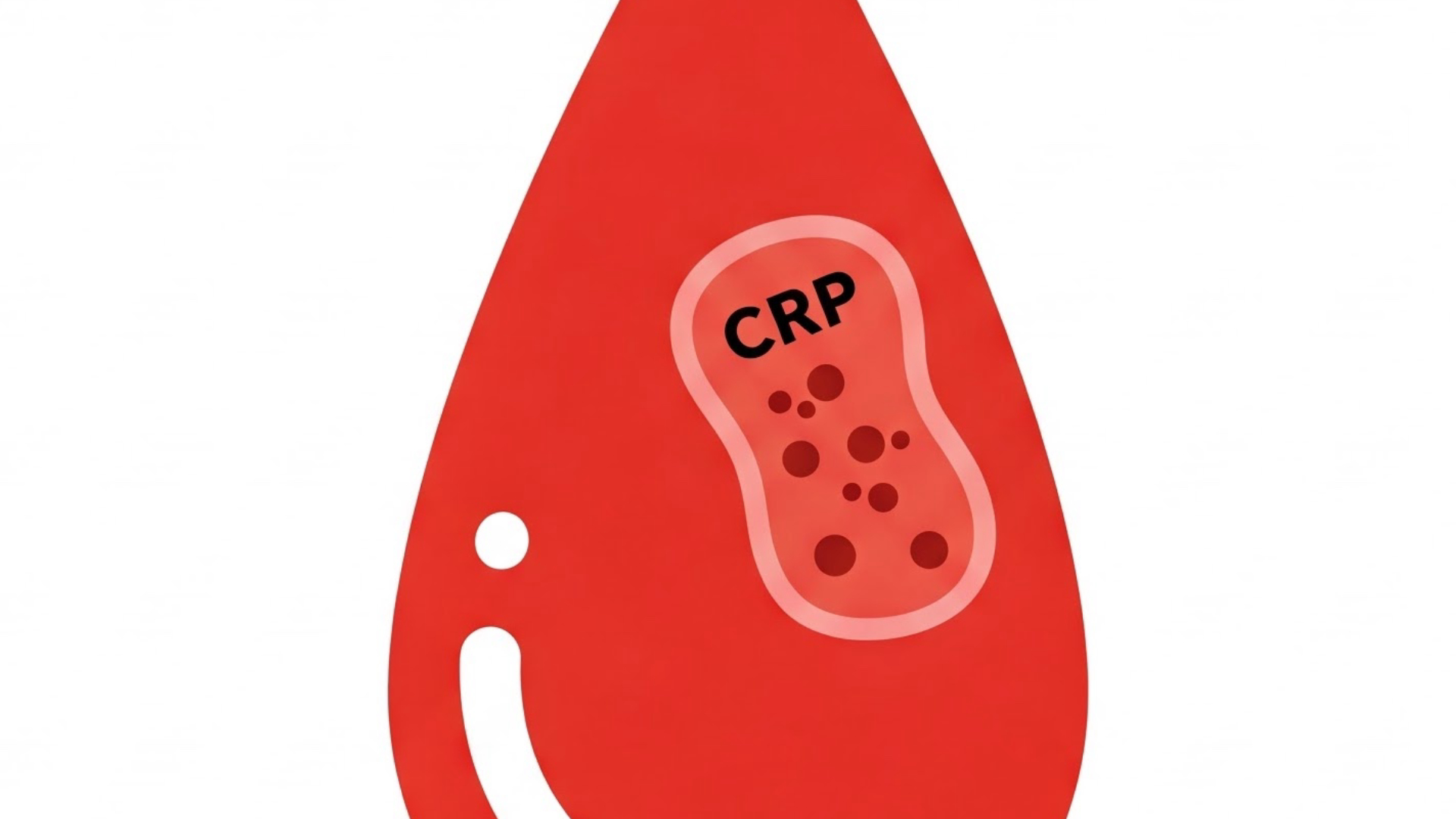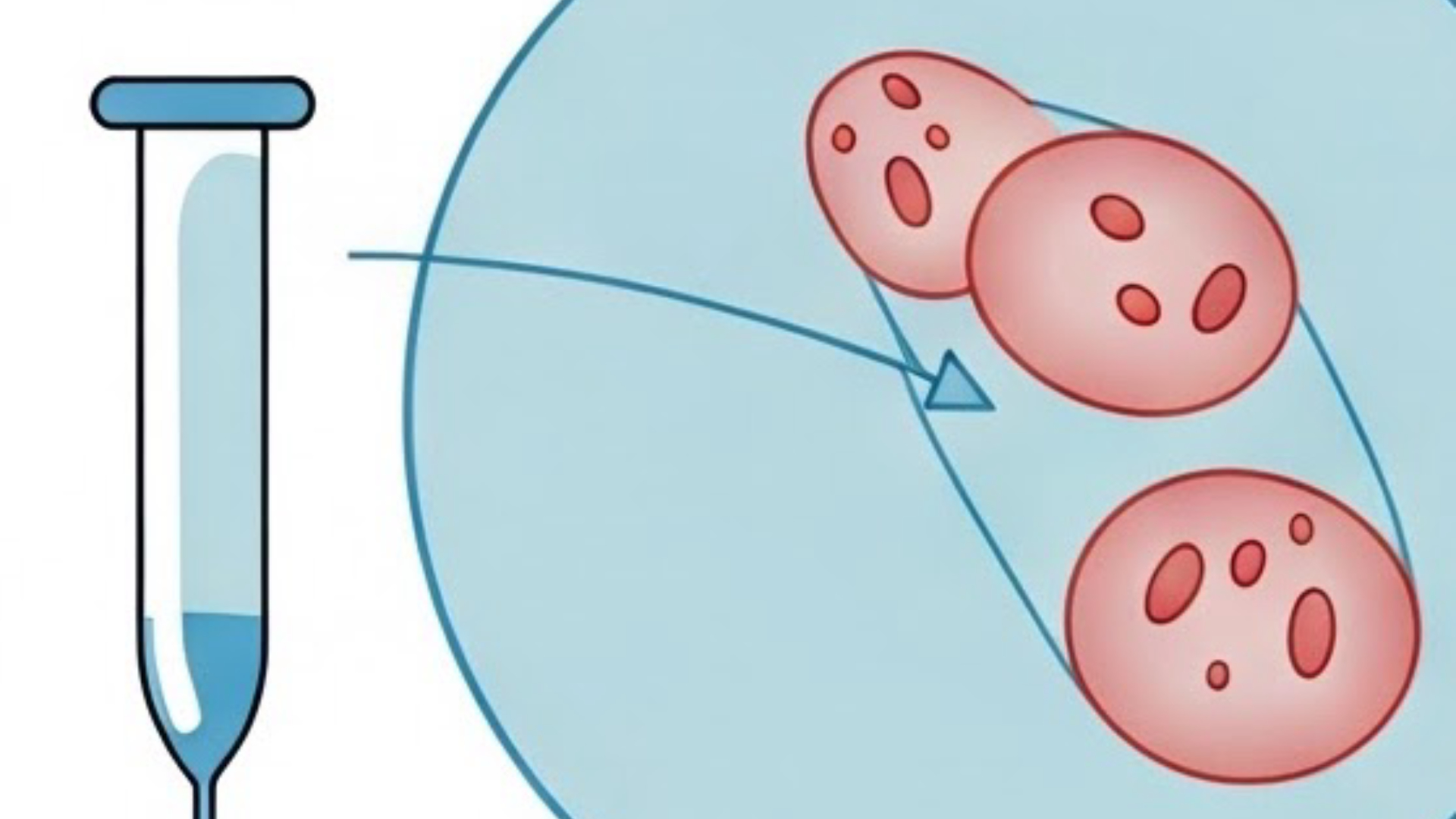External and Middle Ear Anatomy: How Do Structure and Function Impact Hearing and Common Ear Conditions?
Published on 02/23/2025 · 8 min readUnderstanding the anatomy of the external and middle ear is crucial for comprehending how we hear and why certain ear conditions develop. This blog post delves into the key structures and their functions, highlighting common issues like swimmer's ear and eardrum perforation.
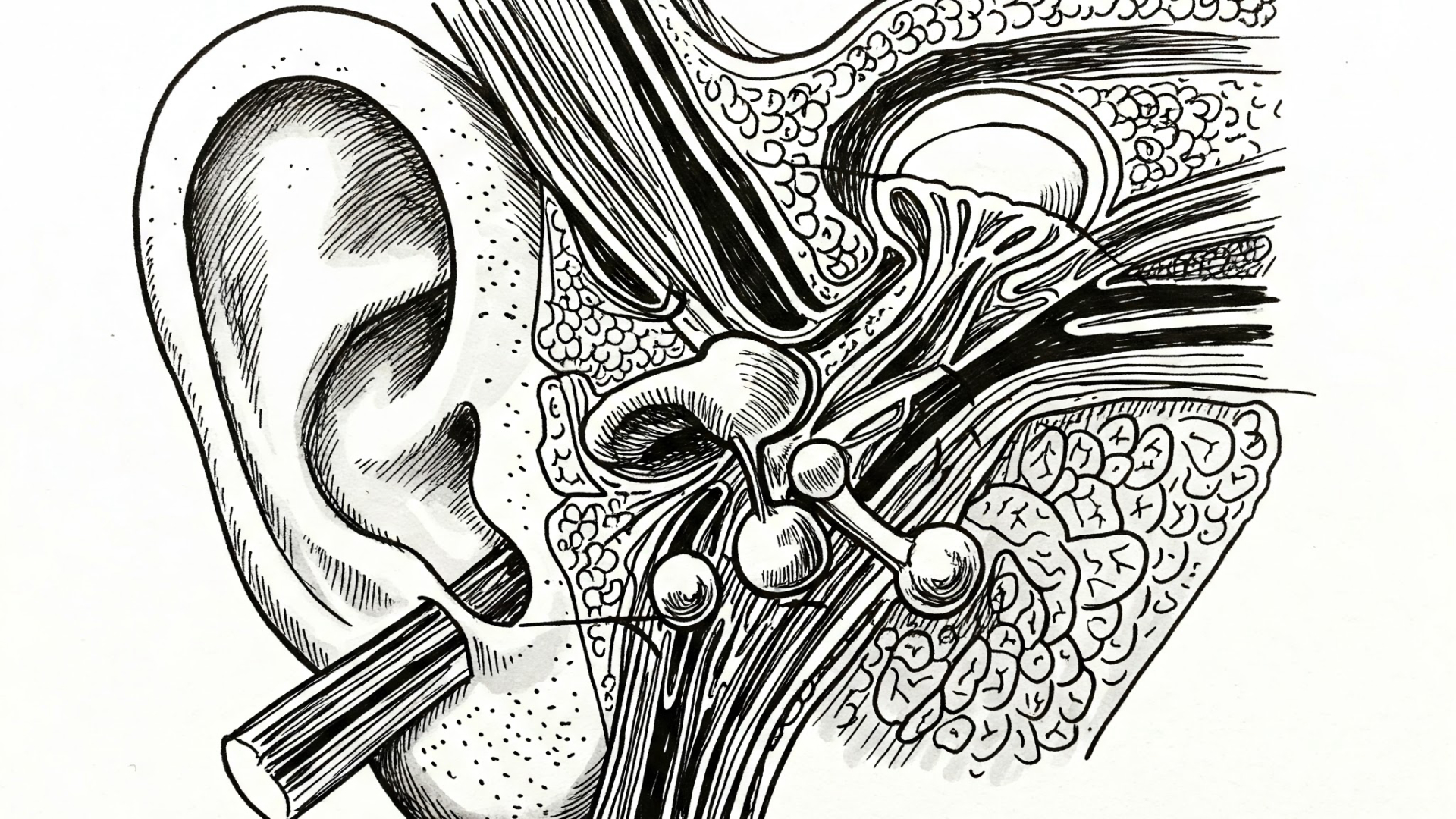
Table of Contents
The External Ear: Gateway to SoundCommon External Ear ConditionsSwimmer's Ear (Otitis Externa)Surfer's Ear (Exostosis)The Middle Ear: Sound AmplificationKey Middle Ear Structures and FunctionsEustachian TubeMiddle Ear BoundariesMiddle Ear ConditionsTympanic Membrane PerforationMastoiditis
The External Ear: Gateway to Sound
The external ear, or auricle, plays a vital role in collecting sound waves. It's innervated by several nerves, including the:
- Auriculotemporal branch of the mandibular nerve (V3) (Trigeminal nerve, CN V)
- Lesser occipital nerve (C2 spinal nerve)
- Greater auricular nerve (C2 and C3 spinal nerves)
- Auricular branches of the facial and vagus nerves.
The external acoustic meatus, or ear canal, is composed of cartilage in its lateral two-thirds and bone in its medial one-third. Its non-linear shape necessitates specific ear-pulling techniques during examination.
Common External Ear Conditions
Swimmer's Ear (Otitis Externa)
This is an inflammation of the external acoustic meatus, characterized by pain when pulling the tragus. [1]
Surfer's Ear (Exostosis)
This condition involves the development of bony lumps in the ear canal, potentially leading to hearing loss. It's prevalent among surfers due to prolonged exposure to cold water and wind. [2]
The Middle Ear: Sound Amplification
The middle ear houses the auditory ossicles—malleus, incus, and stapes—the smallest bones in the body. The malleus articulates with the eardrum, transmitting sound vibrations.
The eardrum, or tympanic membrane, receives these vibrations, initiating a cascade through the ossicles to the inner ear. Key landmarks seen during otoscopy include the cone of light, lateral process of the malleus, pars flaccida, and posterior malleolar folds.
Key Middle Ear Structures and Functions
Eustachian Tube
This tube connects the middle ear to the nasopharynx, equalizing pressure. In children, its horizontal and shorter structure makes them more prone to middle ear infections. [3]
Middle Ear Boundaries
The middle ear's boundaries are essential for understanding related pathologies:
- Inferior (Jugular) Wall: Contains the internal jugular vein.
- Superior (Tegmental) Wall: Formed by the temporal bone.
- Lateral (Membranous) Wall: The eardrum.
- Medial (Labyrinthine) Wall: Houses the oval and round windows.
- Posterior (Mastoid) Wall: Includes the mastoid antrum.
- Anterior (Carotid) Wall: Contains the eustachian tube.
Middle Ear Conditions
Tympanic Membrane Perforation
This can result from trauma or infection, causing pain and potential hearing loss. Most perforations heal spontaneously, but large ones may require surgery. [4]
Mastoiditis
Infection of the middle ear can spread to the mastoid cells, causing this painful condition. [5]
Citations
[1] Otitis Externa (Swimmer's Ear). Mayo Clinic. https://www.mayoclinic.org/diseases-conditions/swimmers-ear/symptoms-causes/syc-20351611
[2] Surfer's Ear (Exostosis). Healthline. https://www.healthline.com/health/surfers-ear
[3] Eustachian Tube Dysfunction. American Academy of Audiology. https://www.audiology.org/consumers-and-patients/hearing-and-balance/eustachian-tube-dysfunction/
[4] Tympanic Membrane Perforation. National Institutes of Health. https://www.ncbi.nlm.nih.gov/books/NBK547754/
[5] Mastoiditis. Boston Children's Hospital. http://www.childrenshospital.org/conditions-and-treatments/conditions/m/mastoiditis
Shop related blood tests

Complete Blood Count (CBC) with Differential and Platelets Blood Test
This is a fundamental test that provides information about the number and types of blood cells. An elevated white blood cell count (WBC) can indicate an infection, which is crucial in diagnosing conditions like mastoiditis or complications from tympanic membrane perforation.
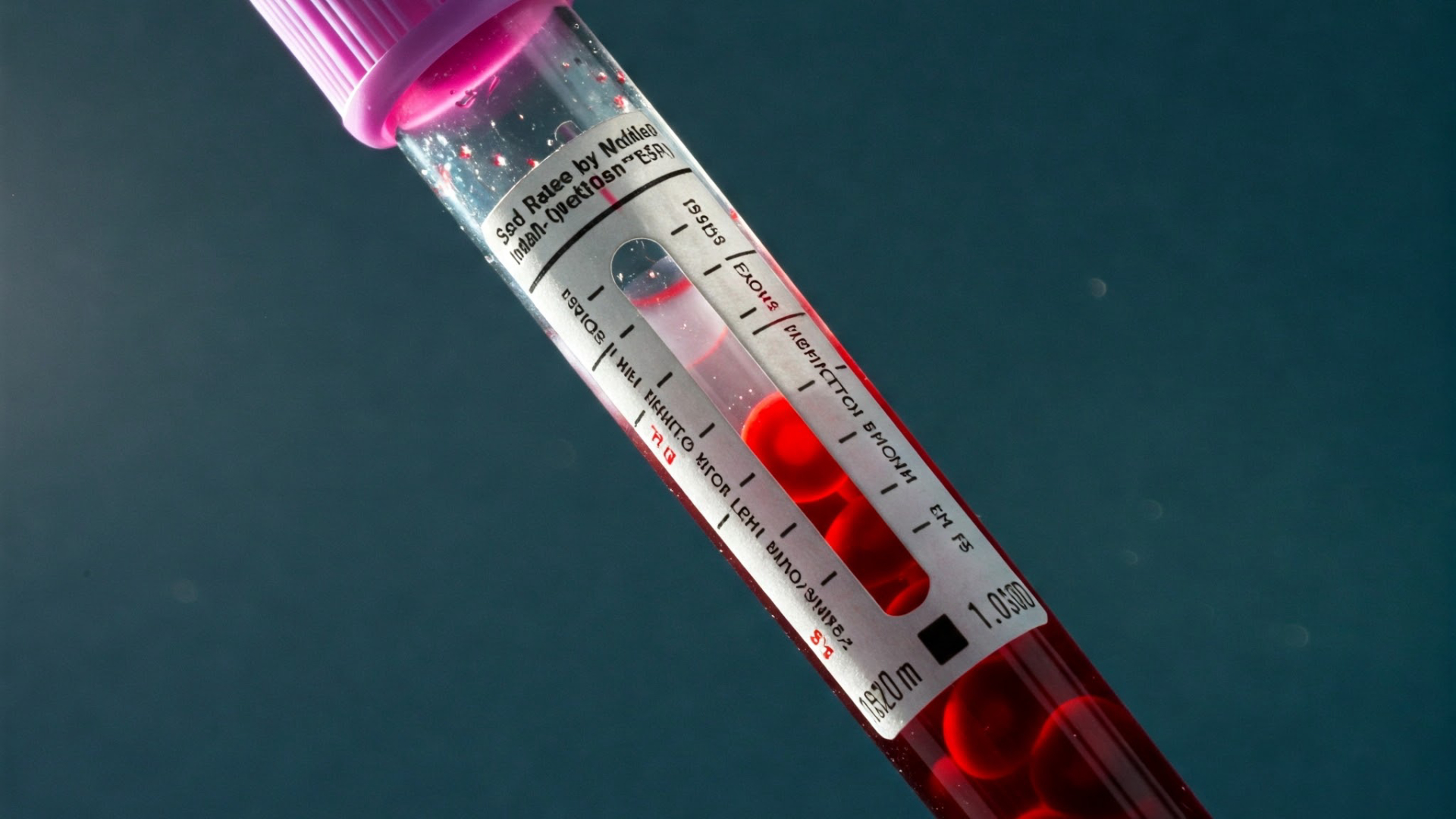
Sed Rate by Modified Westergren (ESR)
Elevated ESR and CRP levels indicate the presence of inflammation in the body. They can be helpful in assessing the severity of infections like otitis externa or mastoiditis, or in monitoring the response to treatment.
Read next
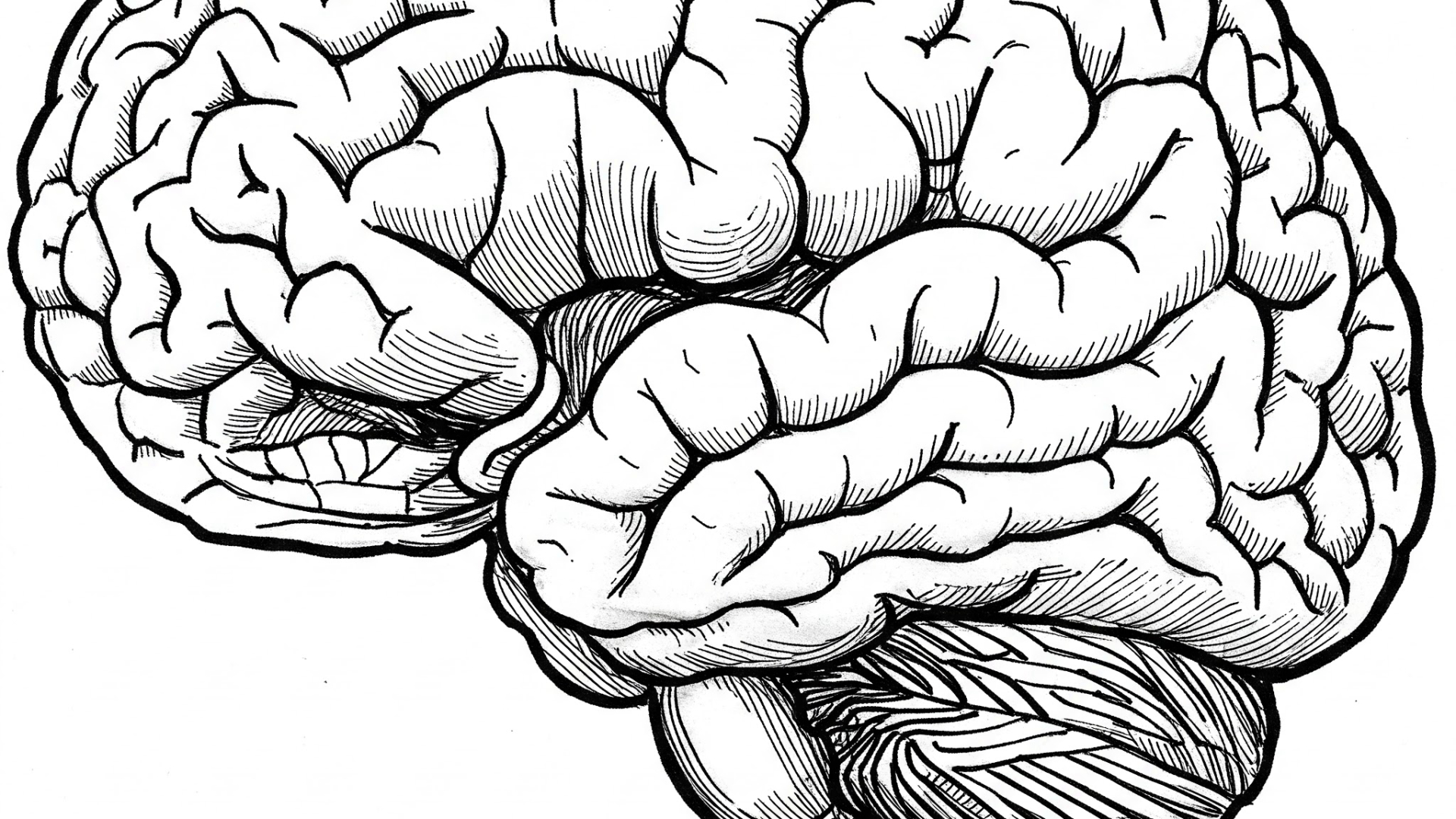 Written on 02/28/2025
Written on 02/28/2025Sequence vs. Syndrome vs. Association: Understanding Key Medical Terminology?
Ever get tripped up by medical terms like sequence, syndrome, and association? You're not alone! These words describe how different health conditions can occur together, but they each have a distinct meaning. Let's break it down. Read more
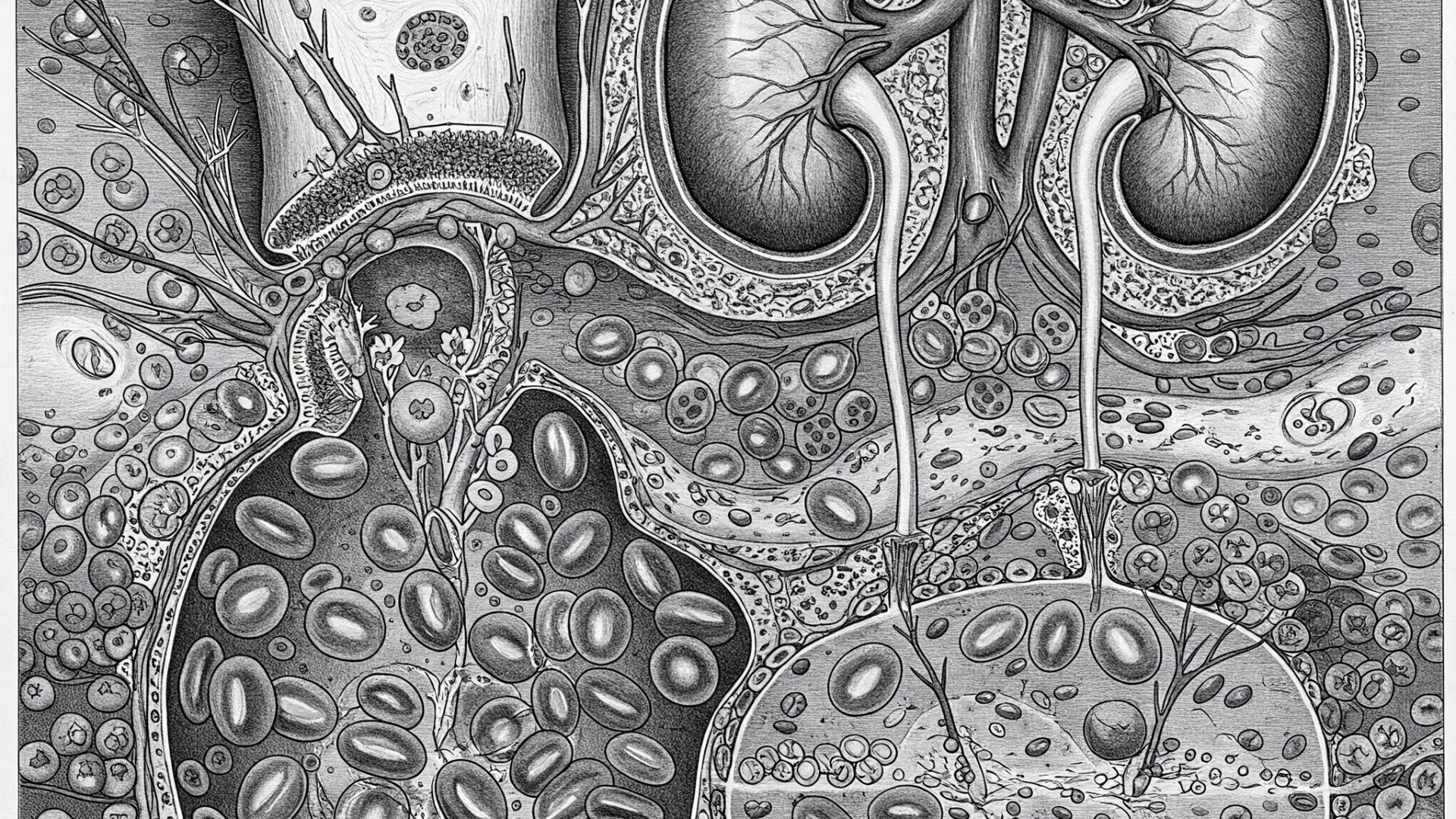 Written on 02/01/2025
Written on 02/01/2025How Does Erythropoiesis Work? Understanding Red Blood Cell Formation, Iron, B12, and Folate's Role in Anemia and Polycythemia.
Erythropoiesis, the process of red blood cell (RBC) formation, is essential for maintaining oxygen transport throughout the body. This intricate process involves multiple factors, including erythropoietin (EPO), iron, vitamin B12, and folate. Understanding these components is crucial for comprehending conditions like anemia and polycythemia. Read more
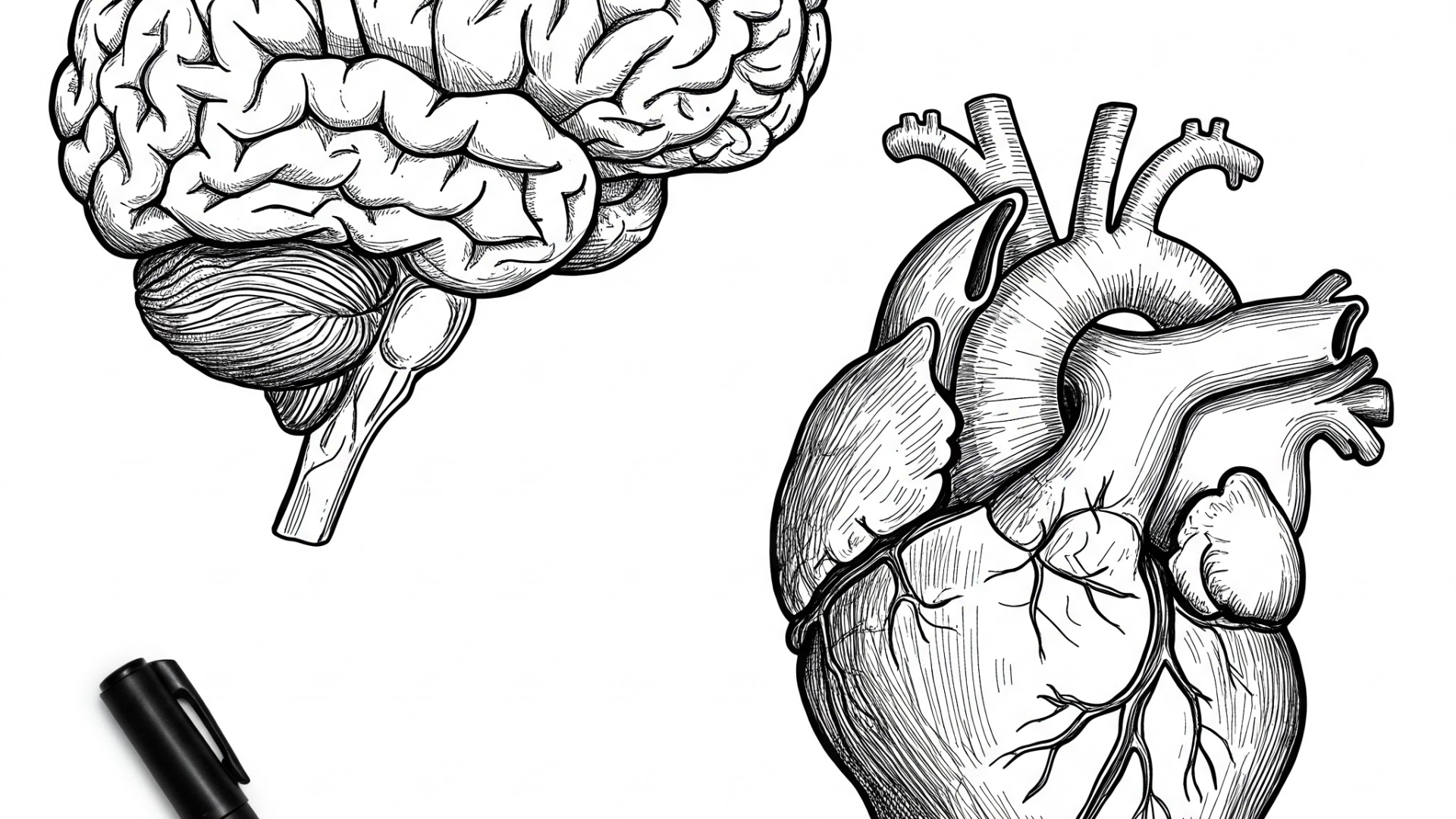 Written on 01/29/2025
Written on 01/29/2025Phenytoin: How does it work, what are its side effects, and what is fetal hydantoin syndrome?
Phenytoin is a widely used antiepileptic medication, but understanding its mechanism, side effects, and potential risks, like fetal hydantoin syndrome, is crucial. This blog post will break down the key aspects of phenytoin. Read more
 Written on 02/07/2025
Written on 02/07/2025What is ANCA-associated vasculitis, how does it damage blood vessels, and what are the key treatments for this autoimmune condition?
ANCA-associated vasculitis is a group of autoimmune diseases characterized by inflammation of small and medium-sized blood vessels. This inflammation, or vasculitis, can lead to significant damage, potentially causing tissue ischemia and aneurysms. The presence of anti-neutrophil cytoplasmic antibodies (ANCA) in the blood is a hallmark of these conditions. Read more
